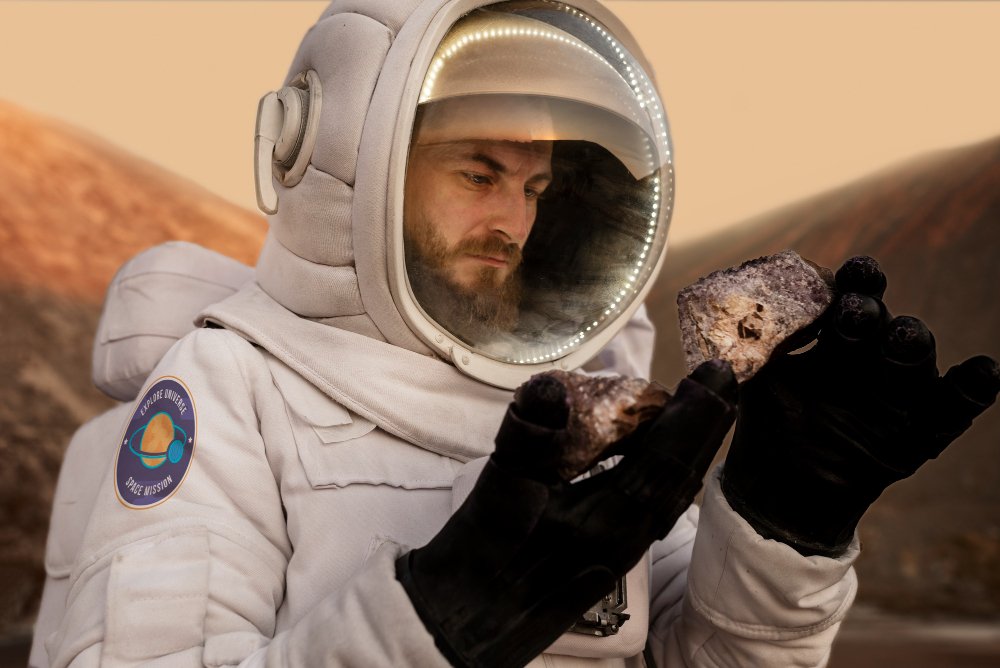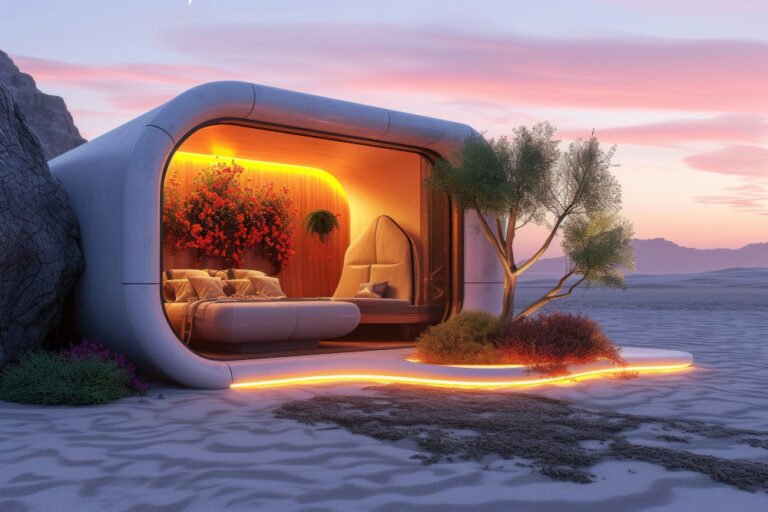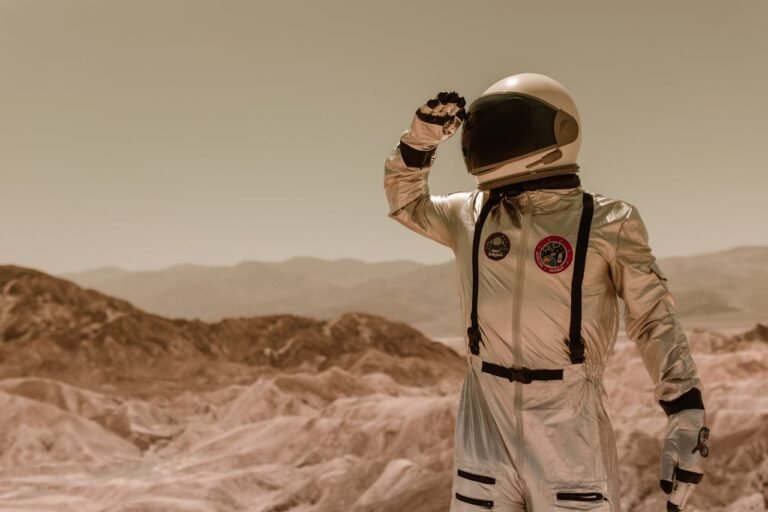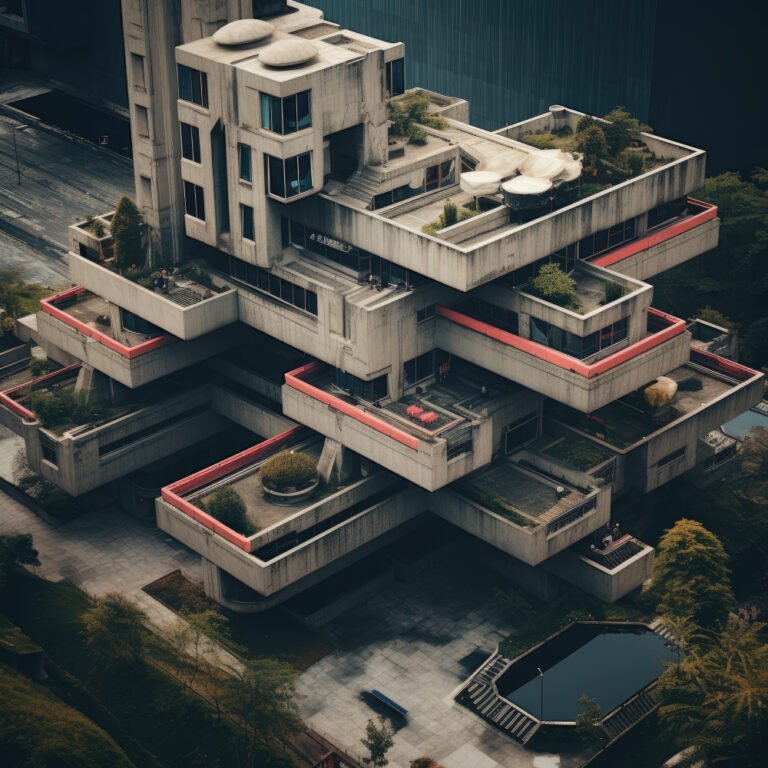10 Everyday Items You’ll Need to Survive on the Moon or Mars

Living off-Earth will be a strange, beautiful, and unforgiving experience. Whether you’re a researcher on a multi-year Mars mission, an engineer on a lunar outpost, or (farther down the line) a permanent resident, life beyond Earth turns everyday routines into engineered systems. The difference between comfort and crisis often comes down to whether you brought the right everyday items—not just high-tech hardware, but reliable tools, consumables, and design choices that keep you fed, healthy, mobile, and sane. This article lists 10 essential everyday items you’ll need to survive on the Moon or Mars, explains why each matters, practical considerations for choosing them, and tips to maximize safety, efficiency and habitability in extreme environments.

Table of Contents
1. High-efficiency water recycler (personal + communal)
Why it’s essential
Water is life—and on the Moon or Mars it’s a precious, recycled resource. While large habitat systems will include central water-recycling modules, every crew member benefits from a personal or small-unit recycler for hygiene, food prep, and contingency when central systems are offline or overtaxed. Efficient reclamation (urine, greywater, humidity condensate) reduces launch mass and gives redundancy against catastrophic system failures.
What to look for
- High recovery rate (goal: > 90% for crew-contributed water).
- Low energy footprint and simple maintenance (replaceable cartridges, easily cleanable membranes).
- Robust anti-biofouling measures (UV sterilization, antimicrobial surfaces, and easy access for manual cleaning).
- Simple diagnostic readouts for conductivity, turbidity, and contamination alerts.
Practical tips
- Don’t rely solely on a single central recycler—have personal or room-level backup systems and plan for manual water-processing protocols.
- Train crew in cartridge swaps, membrane cleaning, and emergency disinfection methods (e.g., dosing, filtration bypass).
- Design containers and connectors to be compatible across habitat modules (standard quick-disconnects and color-coded lines).
Why redundancy matters
Even minor leaks or microbial fouling can force rationing if there’s no quick workaround. A personal recycler reduces load, shortens repair windows, and gives psychological security—knowing you can secure a few days’ worth of clean water if central systems fail.
2. Multi-mode thermal clothing and modular insulation layers
Why it’s essential
The Moon and Mars are extreme thermal environments. Surface suits protect outside the habitat, but inside, daily comfort and survival depend on flexible, layered clothing that helps manage large temperature shifts, conserves heat during night cycles, and allows work flexibility without risking hypothermia or overheating.
What to look for
- Layering system: base layer (moisture wicking), insulating mid-layer (loft or advanced aerogel/phase-change fabrics), and a light protective outer layer for dust resistance.
- Active microclimate control compatibility: clothing that can hook into heated/cooling connectors or a small wearable loop for circulating warm or cooled fluid.
- Dust-repellent finishes to limit abrasive lunar/Martian regolith clinging to fabrics.
- Modular parts (removable sleeves, attachable hoods) for task-specific flexibility.
Practical tips
- Favor modular systems—one core set of garments that you can reconfigure for exercise, rest, or maintenance tasks.
- Pack multiple base layers and fast-dry materials. Laundry is expensive; redundancy beats repeated washing at the cost of extra mass.
- For crew health, monitor hydration and VPD (vapor pressure deficit) when switching layers, because microclimate changes can affect respiration and comfort.
Why design matters
A small wardrobe engineered for extremes reduces the need for heavy HVAC cycling, saves energy, and keeps workers productive. Clothing functions as a personal micro-environment—treat it as life-support equipment.
3. Reliable personal oxygen & emergency breathing apparatus
Why it’s essential
Habitat oxygen systems can fail. Fires, piping ruptures, or unexpected depressurizations create immediate life-threatening situations. A compact, personal emergency breathing device (EBD)—a wearable oxygen canister with a quick-seal mask and rebreather option—buys critical escape or repair time.
What to look for
- Lightweight emergency oxygen canister with regulated flow and rebreather mode for extended use.
- Rapid-don mask that seals well with gloved or bare hands and includes a head-strap system for hands-free use.
- Integrated CO₂ scrubber or chemical absorbers for rebreather modes.
- Clearly marked activation & pressure gauges to avoid confusion under stress.
Practical tips
- Conduct drills regularly—donning an EBD under simulated low-visibility and time pressure must be second nature.
- Store devices near high-risk areas (airlocks, hab interfaces, power generation) and in sleeping quarters.
- Train to use the device as a temporary repair platform (e.g., move to a sealed module or to a repair suitlock).
Why it’s not optional
In an enclosed system any delay in securing breathable atmosphere can be fatal. Personal EBDs provide the difference between safe shelter and emergency evacuation.
4. Compact medical kit + point-of-care diagnostic device
Why it’s essential
Distance to Earth means every medical event—trauma, infection, or chronic flare—has to be handled locally until evacuation is possible (which may take days, months, or be impossible in emergencies). A compact, well-stocked medical kit plus a small point-of-care diagnostic device (blood analyzer, ultrasound stick, rapid PCR or CRP reader) is critical.
What to include
- Trauma essentials: hemostatic dressings, tourniquets, chest seals, suture kits or adhesive wound-closure systems.
- Antibiotics & antivirals for a defined formulary, plus anti-inflammatories and antiemetics.
- Point-of-care diagnostics: small ultrasound probe and tablet, a portable blood analyzer for electrolytes/CRP/hemoglobin, and rapid pathogen detection (if available).
- Telemedicine kit: high-res camera, diagnostic attachments, and a secure comms link for remote specialists.
Practical tips
- Prioritize training—every crew member should be competent in at least basic trauma care and use of diagnostic tools.
- Rotate medicines by shelf-life and have cold-chain-capable storage for vaccines or sensitive formulations.
- Keep an onboard medical database with decision trees and offline protocols for degraded-comms situations.
Why diagnostics matter
Symptoms in low-g environment can differ or worsen quickly. Objective, immediate data lets crews make better triage choices—stabilize, conserve resources, or attempt definitive care.
5. Tough, multi-function tools and repair kits (robot-friendly)
Why it’s essential
Everything breaks. On the Moon or Mars you’ll be repairing suits, airlocks, solar arrays, pumps, and mechanical joints frequently. Multi-function hand tools that work with gloved hands, plus a supply of standardized fasteners and repair parts, keep missions running.
What to include
- Glove-compatible bit drivers and torque tools (large, grippable handles).
- Standardized bolts/nuts/anchoring interfaces across modules to avoid parts mismatch.
- Composite adhesives and quick patches rated for vacuum, thermal extremes, and regolith exposure.
- Spare sensors, pump cartridges, seals, and cable harnesses for critical systems.
- Robot interface plates so you can hand tasks off to tele-operated or autonomous robots for heavy-duty or hazardous repairs.
Practical tips
- Create a digital inventory with part schematics and step-by-step repair guides accessible offline.
- Store tools in shadowed, dust-protected lockers; regolith grit is the enemy of mechanical tolerances.
- Standardize across habitats and vehicles—commonality reduces mass and training overhead.
Why robot-friendly matters
Robotic assistants will handle repetitive or dangerous repairs. If tools and interfaces are designed for robotic hands, repairs are faster and safer.
6. Food that’s compact, nutritious, and easy to grow/prepare
Why it’s essential
Nutrition is survival, cognition, and morale rolled into one. Early settlements will rely on a mix: prepackaged, shelf-stable meals and rapidly-grown fresh crops (leafy greens, herbs, microgreens) for vitamins and morale. The right everyday food items minimize resupply needs and maximize crew health.
What to bring
- High-energy ration packs with balanced macros and long shelf-life (heat-stable proteins, dehyrated veggies, fortified meals).
- Seed kits & microgreen trays for rapid, low-resource fresh food production.
- Compact cooking/prep tools compatible with habitat power constraints (sealed food-warmers, portable rehydration stations).
- Flavor concentrates & spices—small items, outsize morale effect.
Practical tips
- Design a food schedule balancing calorie density with nutrient diversity—prevent vitamin deficits and “menu fatigue.”
- Keep quick-prep comfort foods on hand for high-stress periods.
- Learn to integrate hydroponic outputs—microgreens and herbs dramatically increase palatability and micronutrients.
Why food is more than calories
Poor nutrition affects immune function, cognition, and mission safety. Fresh food is a psychological anchor; small cultivation systems pay outsized returns.
7. High-quality sleep system (circadian lighting, sound, comfort)
Why it’s essential
Sleep is non-negotiable for crew performance. On the Moon and Mars, day/night cycles and unnatural lighting create circadian disruption. A personal, high-quality sleep system—eye masks, ear dampening, circadian-tuned lighting, and a comfortable sleeping bag or bunk—keeps crews rested and reduces long-term health risks.
What to include
- Circadian lighting controls for blue-enriched daytime and red/amber nighttime phases.
- Sound-cancelling or white-noise devices to mask habitat hum and comm sounds.
- Comfortable sleeping mattress or restraint system optimized for partial gravity (Mars) or microgravity (if relevant).
- Personal aromatherapy or mood anchors (small and approved) to promote relaxation.
Practical tips
- Enforce sleep hygiene: fixed sleep schedules, pre-sleep wind-down routines, and crew agreements to minimize overnight disturbances.
- Use light therapy before shift changes or long transits to resync circadian rhythms.
- For lunar nights or long-infrastructure blackouts, ensure battery-backed circadian lighting.
Why sleep design matters
Fatigue drives human error. Robust sleep systems lower cognitive slips, improve decision-making, and keep teams healthier over long deployments.
8. Personal communications/locator device with redundancy
Why it’s essential
Being reachable and locatable is both operational and psychological. Personal comms devices—small, wearable units with position telemetry, encrypted messaging, and an emergency beacon—are everyday essentials. They help coordinate EVA teams, feed health telemetry, and keep mental links to loved ones on Earth.
What to look for
- Multi-mode comms (local mesh, habitat uplink, satellite relay if available).
- Active locator with short-range and long-range modes—beacon strengths for micro-EVA and long-distance retrieval.
- Low-power emergency SOS with pre-recorded health and ID payloads.
- Simple UI for gloved operation and for low-oxygen scenarios.
Practical tips
- Pair comms with suit HUDs and wearable displays to reduce cognitive load.
- Regularly test signal strength and battery health; carry expendable battery packs or hand-crank chargers as a last resort.
- Use text/structured messages when bandwidth is limited—payloads should be compact and prioritized.
Why redundancy matters
Comms blackouts during hazardous events can be fatal; a redundant chain (personal → buddy → rover → habitat → orbit relay) keeps people recoverable.
9. Compact airlock-compatible personal hygiene kit
Why it’s essential
Hygiene is both health and habit. On other worlds, water is limited and dust is corrosive—your personal hygiene kit needs to minimize water use, decontaminate regolith, and be compatible with the airlock protocols.
What to include
- No-rinse hygiene products (wipe-based, low-water soaps).
- Regolith-removal brushes & magnetic dust traps to comb suits before entering living spaces.
- Compact toothbrush + dental kits and wound-care materials.
- Personal towels & antimicrobial storage bags for used items.
Practical tips
- Protocolize suit-decon: brush → vacuum → airlock cycle; enforce at every return from EVA.
- Use disposable outer gloves or boot covers for high-dust chores and discard or quarantine them outside.
- Store hygiene items in sealed containers to avoid cross-contamination.
Why strict hygiene saves systems
Regolith grit is abrasive and can break seals and mechanical systems. Keeping dust out is as important as fighting microbes.
10. Mental-health kit: entertainment, connection, and meaning items
Why it’s essential
Survival is physical—but thriving requires psychological resilience. Crew isolation, confinement, and distance from Earth strain mental health. A curated personal mental-health kit—books, music, tactile objects, family photos, VR experiences, and tools for creative or spiritual practice—supports morale and social cohesion.
What to include
- Digital library of movies, music, books, and games (optimized for low-bandwidth sync).
- Personal mementos that provide sensory grounding (a small plant cutting, a family photo, a scented fabric square).
- Creative kits (sketching pencils, small instruments, knitting or model-building).
- Guided mental health programs and access to remote counselors for scheduled check-ins.
Practical tips
- Schedule communal social time and private downtime; both are essential.
- Rotate shared entertainment choices to avoid monotony.
- Encourage rituals and celebrations—small holidays and shared meals create micro-cultures that stabilize groups.
Why this is mission-critical
Behavioral health predicts mission success. Small investments in meaning and connection multiply into better teamwork and individual stability.
Related-items / quick reference table
| Item | Primary purpose | Storage & maintenance tips |
|---|---|---|
| Water recycler (personal) | Clean water, redundancy | Keep filters/cartridges accessible; swap schedule |
| Thermal clothing layers | Comfort & energy savings | Air/dust-seal clothing when not in use |
| Personal oxygen EBD | Emergency breathing | Store at strategic locations; pressure checks weekly |
| Medical kit + diagnostics | Immediate care & triage | Rotate meds by expiry; simulate drills |
| Multi-tools & spares | Repairs & maintenance | Standardized fasteners; robot interface plates |
| Food kits + seed trays | Nutrition & morale | Stagger seeds for continuous fresh harvest |
| Sleep system | Cognitive performance | Battery-backed circadian lights; quiet hours |
| Comms/locator device | Safety & coordination | Mesh testing; keep spare batteries |
| Hygiene kit | Dust control & health | Seal used items; suit-brush protocols |
| Mental-health kit | Resilience & group cohesion | Update content; schedule social activities |
FAQs (6)
Q1: Can I bring too many personal items on a mission?
Yes—mass and volume are limited. Prioritize multifunctional, low-mass items that serve life-support or morale. Personal mementos are important, but balance them against mission constraints.
Q2: How much redundancy is enough?
For critical systems (oxygen, water, medical), plan at least N+1 redundancy (one backup) and a contingency plan if both primary and backup fail. For personal items, one reliable backup plus cross-crew sharing is usually adequate.
Q3: Will suit dust ruin personal gear?
If you don’t decontaminate, yes—lunar/Martian regolith is abrasive and electrostatically sticky. Use airlock decon protocols and sealed storage for sensitive items.
Q4: Should mental-health items be mission-standard or personal?
Both. Missions should provide standardized mental-health resources (media, counseling) while allowing personal items for individual meaning. Programs that blend communal and personal supports perform best.
Q5: Can I grow enough food with small seed trays?
Not initially for full calories, but microgreens and herbs quickly supply vitamins and morale. Larger hydroponic suites are needed for staple calories, and ISRU-fed agriculture is a longer-term goal.
Q6: How do we choose power-hungry items (e.g., lights, recyclers) when energy is limited?
Prioritize items that reduce life-support load or improve safety (water recycling, EBDs) and select energy-efficient models. Schedule high-power activities during peak solar availability or when reactors deliver surplus power.
Conclusion — Small items, huge impact
Surviving and thriving on the Moon or Mars isn’t only about giant habitats, rockets, or suits—it’s also about the smart everyday choices that reduce risk, save energy, preserve health, and support meaning. The ten items above fall into three categories: life-sustain (water recycler, oxygen device, medical kit), mission-enablement (tools, comms, clothing), and human factors (food, sleep, hygiene, mental-health kit). Pack them thoughtfully, standardize where possible, and train until responses are reflexive. The difference between a manageable incident and a catastrophe can be one small, well-chosen object and the crew’s familiarity with it.






